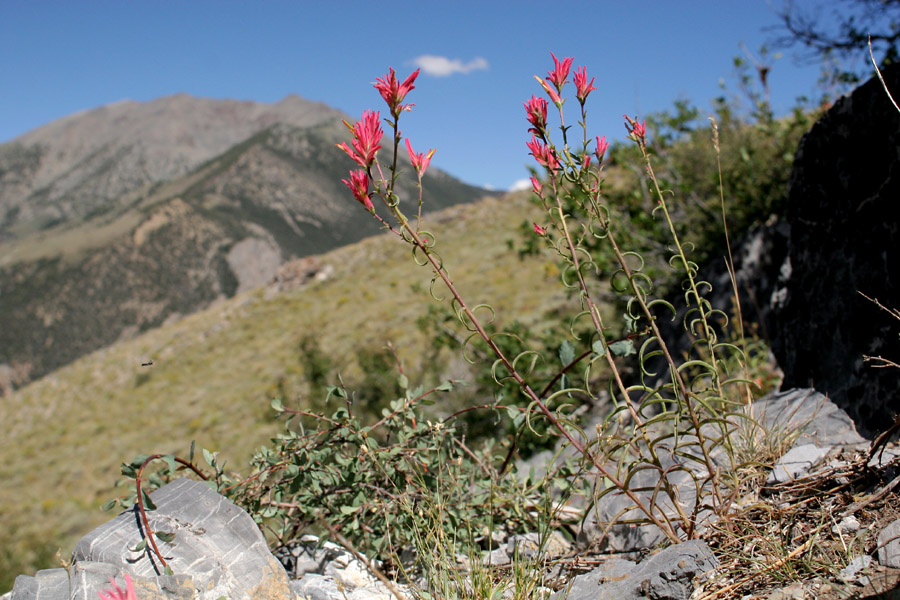

The plant is attractive in the garden with small greenish flowers hidden in axils of scarlet-tipped, fan-shaped bracts that appear to have been dipped in paint.ĭiseases, Insect Pests, and Other Plant Problems: Indian Paintbrush is listed as endangered in some states and as extinct in Maine, New Hampshire, Massachusetts, Delaware, and Louisiana. Note that transplanting Indian Paintbrush usually kills it. However, to maintain a colony of Indian Paintbrush in the garden, new plants or additional seeding is needed to supplement the original plants. It is difficult to grow from seed, but existing plants will reseed in optimum growing conditions.
CASTILLEJA PLANTS FULL
Indian Paintbrush grows best in medium moisture, well-drained soils in full sun, but does tolerate poorer soil and partial shade. The genus name comes from an 18th century botanist, Domingo Castillejo, of Cadiz, Spain while the species name means scarlet.

The new seed usually germinates in early fall and the cycle begins again. It is sometimes considered an annual but is primarily a biennial with a basal rosette the first year and flowering stalk the second year and plant death shortly after seed set. Because it has the habit of having a parasitic relationship with other plants, attaching to and absorbing some nutrients and water from the roots of other plants, it is usually found growing in the company of plants such as sagebrush. In nature, it is often found on prairies, moist and open woodland, thickets, dry plains and hills. Indian Paintbrush, the state flower of Wyoming, is an herbaceous biennial wildflower native to Canada and Eastern North America. Phonetic Spelling kas-tee-LAY-uh kok-SIN-ee-uh Description


 0 kommentar(er)
0 kommentar(er)
